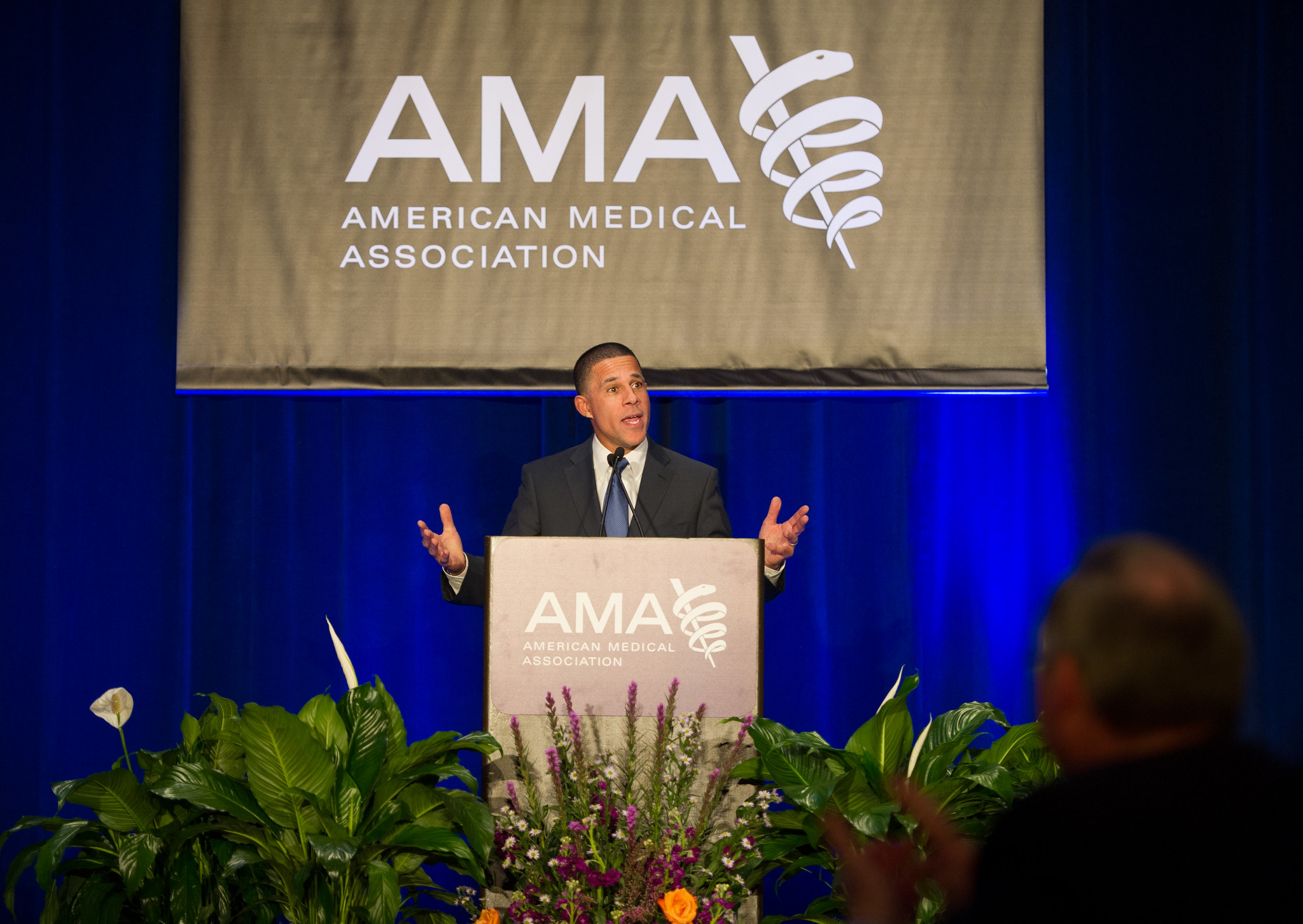The IVF Alternatives Tim Walz Doesn’t Want You To Talk About
The article discusses the controversial topic of reproductive rights, particularly focusing on in-vitro fertilization (IVF) and alternative fertility treatments. Tim Walz, the Democratic vice presidential nominee, emphasized a “golden rule” for Minnesotans in relation to reproductive issues: “Mind your own damn business.” In contrast, the article argues from a pro-life perspective, contending that it is important to advocate for children’s rights to life rather than ignoring these issues.
It highlights the ethical concerns surrounding IVF, noting that only a small percentage (2-7%) of lab-created embryos survive to birth, while many others are disposed of or not viable. The article distinguishes between conventional IVF and more ethical approaches to fertility, such as “mini-IVF” and “natural cycle IVF” as practiced by the Christian clinic Rejoice Fertility. However, it maintains that even these methods involve moral dilemmas concerning the fate of any embryo created.
Furthermore, the article advocates for natural family planning (NFP) techniques and surgical options that address underlying fertility issues without the ethical complexities associated with IVF. It highlights NPT (Naprotechnology), a method that treats infertility by diagnosing and resolving conditions like endometriosis and polycystic ovarian syndrome. The piece presents successful case studies of couples who conceived through NPT and surgical interventions, arguing that these methods are more effective than IVF.
the article argues for a shift towards ethical reproductive practices that respect human life and promote natural conception methods while criticizing IVF for its moral implications and lower success rates compared to natural alternatives.
Democratic vice presidential nominee Tim Walz recently stated that Minnesotans have a “golden rule” when it comes to reproductive “rights”: “Mind your own damn business.” But those of us who honor children’s natural right to life and believe children ideally should begin their lives as gifts begotten in the love of the one-flesh unions of their mothers and fathers, will not mind our “own damn business.”
The in-vitro fertilization (IVF) process, which mixes sperm and eggs together in a laboratory to create numerous embryonic persons, is fraught with the loss of human life, as only 2-7 percent of lab-created children are born alive. Combining the numbers of embryonic persons who do not survive the transfer process, are disposed of, do not survive the thawing process, or are donated to research, IVF disposes of millions of human beings.
Many will argue that IVF is permissible if only one egg is extracted, fertilized, and implanted each time, as is the case with the Christian clinic Rejoice Fertility in Knoxville, Tennessee. The center conducts “mini-IVF” and “natural cycle” IVF with a “no discard” approach. Mini-IVF elicits fewer eggs for retrieval, resulting in fewer leftover embryos, and the natural cycle approach fertilizes the woman’s single ovulated egg each month.
Though a Christian approach to IVF is commendable, even if only one embryo is created and transferred, trial and error with that one, full person, is still occurring. Participants are then responsible for the death, if this occurs, of that one human person, a blame which never falls on couples participating in the co-creation process that God conducts within the mysterious sanctuary of the mother’s body. Instead of IVF — a procedure that experiments with human lives while potentially masking treatable health conditions — natural family planning (NFP) and various surgical procedures to allow natural conception should be promoted.
Natural Family Planning
The most common NFP methods are the Marquette Model, the Billings Ovulation Method, and the Creighton Model, and all are used to diagnose and treat underlying causes of infertility through various identifiers such as cervical mucus and fluctuating hormone levels.
Naprotechnology (NPT), a form of infertility treatment that uses the Creighton model, seeks to treat the underlying afflictions causing conception difficulties and frequent miscarriages, such as endometriosis, polycystic ovarian syndrome, thyroid disorders, and uterine polyps and fibroids. NPT also carries up to an 80 percent success rate compared to the meager success rates of IVF. In a study conducted on 108 couples, “Of the 51 couples who conceived, 12 couples (24%) conceived with CrMS [Creighton Model FertilityCare System] instruction alone, 35 (69%) conceived with CrMS and NPT medical treatment, and 4 (8%) conceived after additional surgical treatment.”
One couple, Ashley and Jeff, shared their experience with NPT after several doctors and specialists had told them that they would never have children without IVF. With the help of NPT, they conceived their son in the first month of fully diving into the learning process of Creighton. Another couple, Carolyn and Nic, diagnosed with infertility after six months of not conceiving, were handed a pamphlet for IVF and offered limited further diagnostic testing. Carolyn, a nurse, strongly recommended NPT, the couple tried it, and they went on to conceive two daughters.
Endometriosis Excision Surgery
Though ablation techniques for endometriosis removal do offer promise of conception, this procedure often burns tissue off the surface of the uterus and doesn’t get to the bottom of the lesion, causing scar tissue, impeding fertility, and often causing the endometriosis to resurge. Excision surgery removes the scar tissue at the root and prevents further adhesions and scar tissue, resolving natural reproductive cycles. In a study conducted on 239 patients who underwent excision surgery for endometriosis, “following surgery, 76.9% of previously infertile patients attempted to conceive with 80% success rate.”
Kristen Mihaly suffered from endometriosis and ovarian cysts. After charting her symptoms, cycle, and taking progesterone, she underwent a surgical NPT treatment to reduce adhesions and scar tissue in the uterus. Mihaly stated that she felt like IVF clinics looked at her body “in a very black and white way,” as they simply “wanted to work around [her] cysts and give [her] IVF treatments.” After surgical procedures to remove her endometriosis, scar tissue, and cysts, she conceived her son five weeks later.
Meghan and Matt Litz, after choosing surgery to treat her endometriosis and continuing to chart her symptoms, found that they had more issues such as low progesterone. Meghan stated that she “didn’t know any of these things, amongst many other things, when [she] was trying with the fertility doctors and [they] did IVF.” This was the only way that she had come across that was going to give her answers and treat the actual issues, though, she admitted “it was a slower process. It wasn’t immediate gratification, and that’s always hard to swallow when you want something so badly.”
Read more excision surgery conception success stories here.
Ovarian Drilling and Laparoscopic Ovarian Wedge Resection for Polycystic Ovarian Syndrome
Ovarian drilling, the process of making holes in the ovaries to reduce the amount of testosterone they produce, can be worthwhile and successful in achieving pregnancy, but can also cause adhesions between the ovaries and fallopian tubes, inhibiting fertility.
Ovarian Wedge Resection (OWR), on the other hand, is conducted by an incision “made into the ovary using a carbon dioxide laser. The wedge of tissue is removed and the ovary is repaired using the Prolene suture once again and inverting the edges.” This procedure removes part of the androgen-producing tissue of the enlarged ovary, resulting in the ovary resuming regular steroid production and development of follicles. While OWR is an older method, it reduces the likelihood of adhesions. A study from 2003 on OWR surgeries found that out of 134 patients, “One hundred and four patients conceived within the first 6 months (78%) … following the operation.”
Here’s how two patients who underwent OWR described it:
I was on a hormonal treatment but still wasn’t cycling regularly, so [the doctor] suggested I should have an Ovarian wedge resection procedure…Within two months of trying to conceive, we found out we were expecting and now have an extremely outgoing, healthy, happy four-month old son! Without the NaPro education at our Natural Family Planning seminar, I would still be infertile with no answers insight.
The [Creighton] model is a great way to monitor your own body, instead of using other medications. The practitioners discovered that my infertility was caused by polycystic ovarian disease (PCOD). [The doctor] really took over my care and administered in-depth testing that I wasn’t getting with my previous doctor. I underwent a NaPro wedge resection procedure… Just more than one month after the surgery, my husband and I found out we are expecting twins! And it’s all without the use of ovulation stimulator medicine!
While, of course, these treatments are not for every ailment, they are important alternatives for husbands and wives to keep in mind instead of their turning right to IVF.
Jesus was worthy of respect right at conception and upon becoming incarnate revealed how we, being made in His image, are worthy of this same respect. This respect is not afforded to those beginning their lives in laboratories, as every step leading up to their existence is overseen not solely under the gaze of the loving God, but also beneath the oversight of scientists chiefly concerned with calculating potential outcomes. Their calculations guarantee that IVF intentionally brings human life into existence with the full knowledge that not all will survive, if any — and this experimentation with human beings certainly is “our damn business,” Mr. Walz.
Katie Breckenridge is operations administrator and contributing writer for the children’s rights organization Them Before Us. She holds a master’s degree in mental health and wellness with an emphasis in family dynamics, a graduate certificate in trauma-informed practice, and is working towards a second masters in bioethics. She has also had articles published in The Times and The Scotsman (U.K.) through her work as a research associate for the Scottish Council on Human Bioethics.
" Conservative News Daily does not always share or support the views and opinions expressed here; they are just those of the writer."





Now loading...